
Dulux Study Tour 2025
Barcelona
Barcelona’s rich history and complexity leaves a lasting impression on our winners.
Composed in contrasts
By Adair Winder
Barcelona is full of imperfections, architect and CEO of Guiding Architects Barcelona Lorenzo Kárász told the winners of the 2025 Australian Institute of Architects Dulux Study Tour during a cycling tour of the city. Kárász was quick to emphasise that the city’s beauty lies not in perfection, symmetry nor stylistic harmony, but in the complex layering of styles, ideas and histories embedded within the built environment.
Read more about the Barcelona visit
Gallery photo credit: Adair Winder
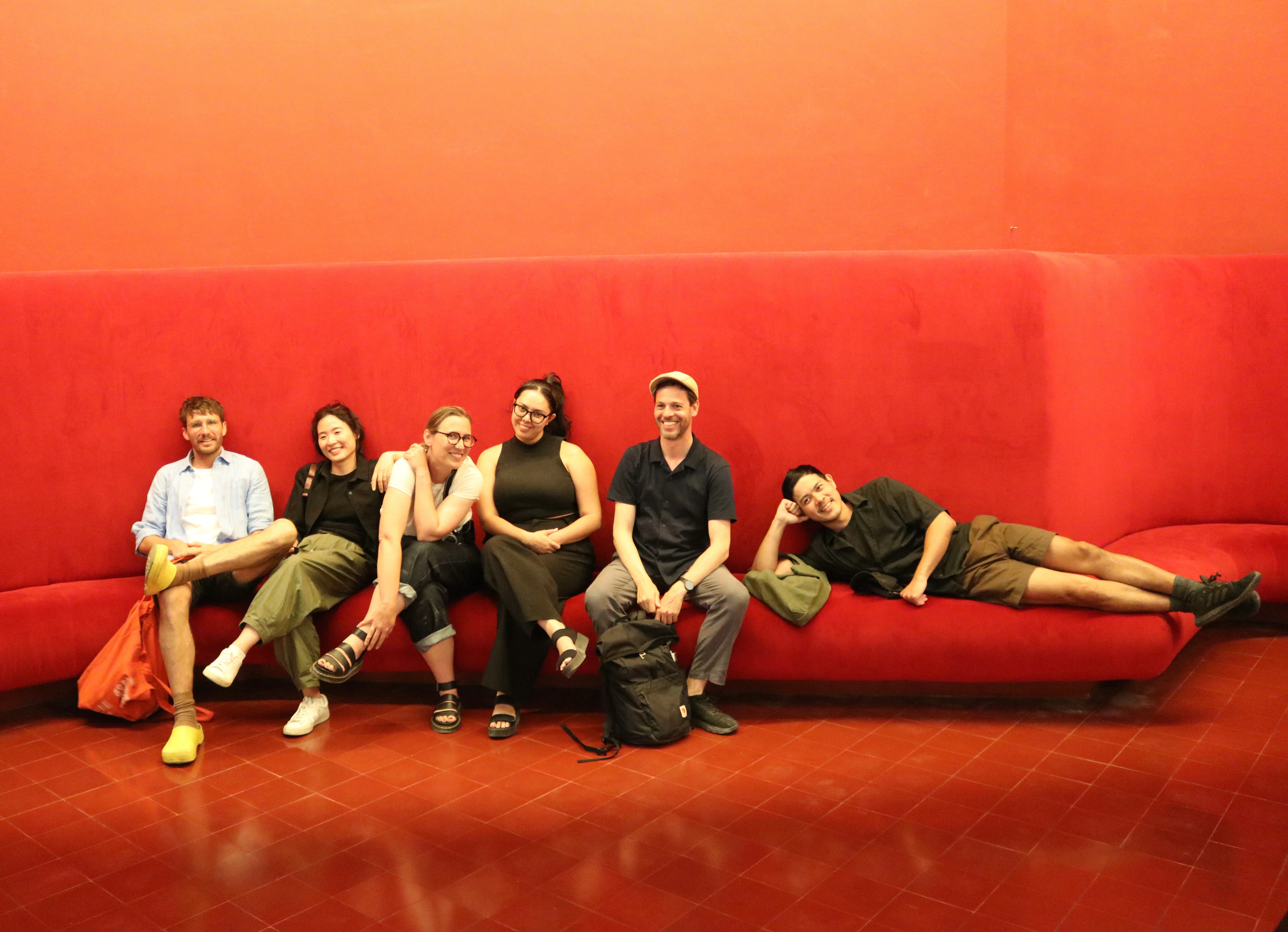
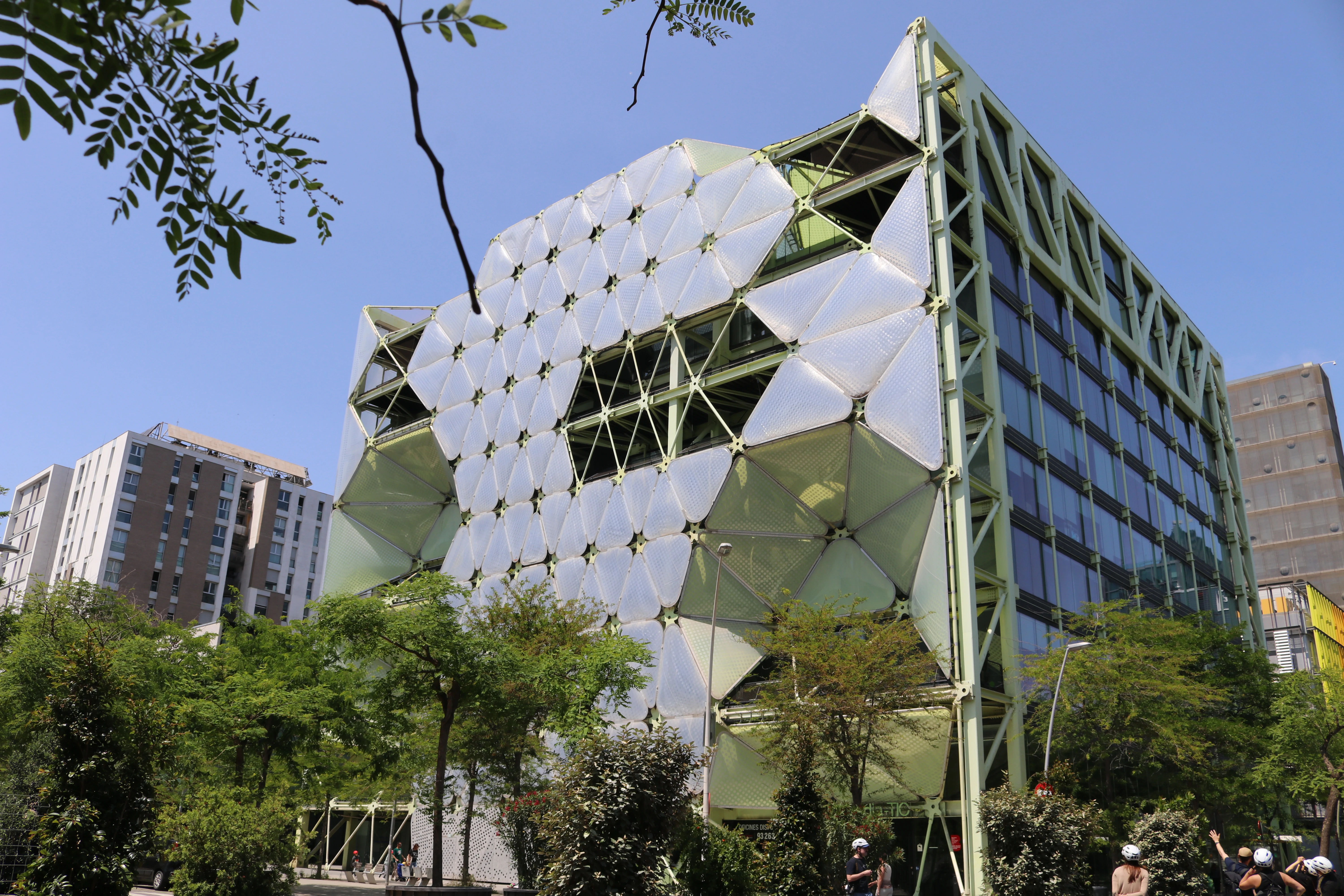



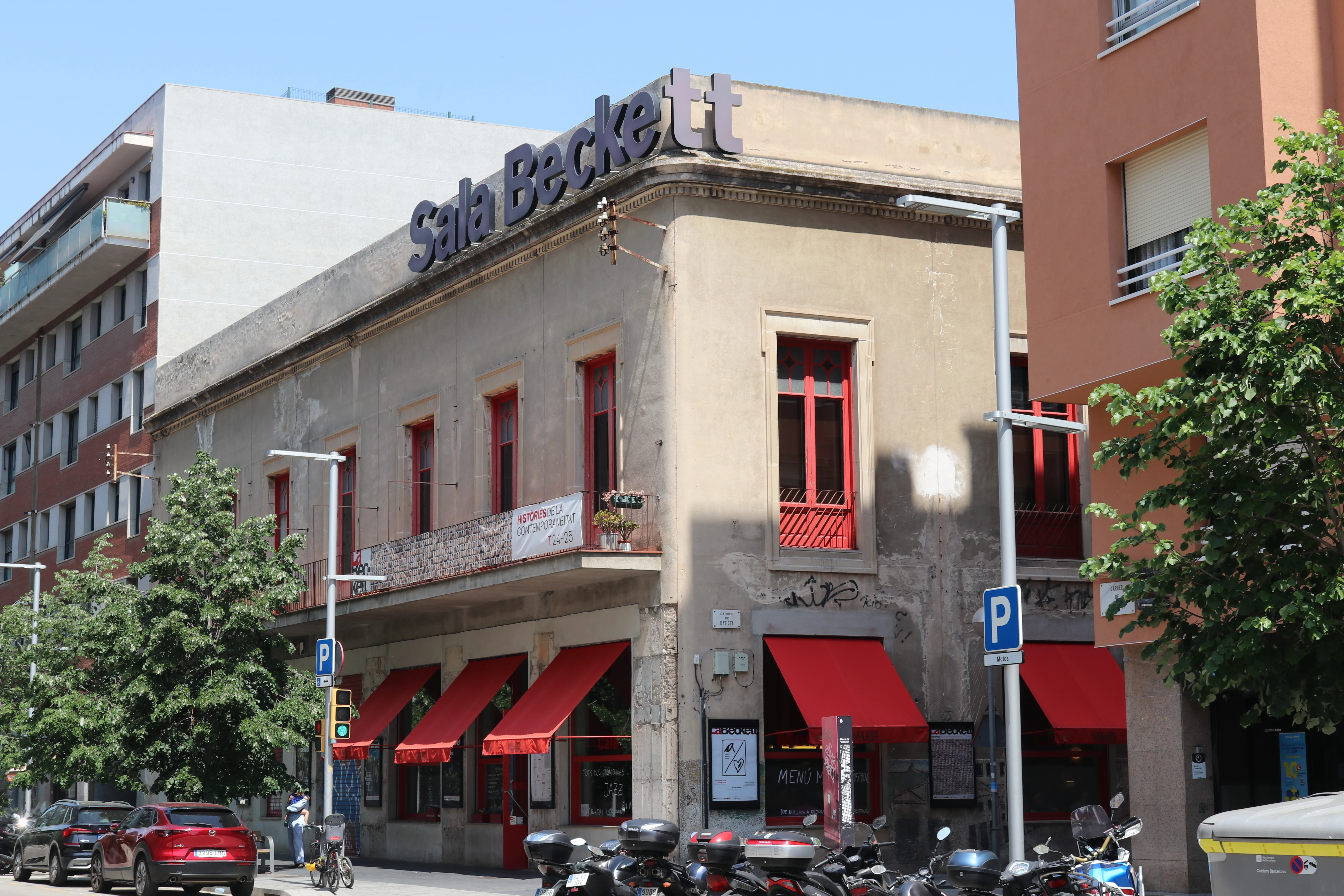

Reflections Day 7
Sponge
By Nick Souksamarane
We began our day outside the Santa Caterina Market, coffee in hand, when a memory from first-year design studio came flooding back. A tutor had once declared – perhaps a little dramatically – that a single day spent inside an Enric Miralles building could teach you more than five years of architecture school. Obnoxious, maybe, but the comment stuck with me.
It was here that Lorenzo, from Guiding Architects, offered a metaphor that reframed how I see cities: “a city should be like a sponge.” At first, it felt a bit elusive – was he saying a city should absorb whatever its people give it?
But as the day unfolded, the metaphor began to take shape.
Cycling around the market, the contrast to other cities we’d visited was stark. Where Copenhagen was defined by rationalist clarity, Barcelona thrived in complexity. Gothic ornamentation beside unapologetic modern interventions, creating a layered dialogue between past and present. And then, of course, there was Gaudí – inescapable and gloriously untamed.
Lorenzo pointed out that Barcelona’s richness lies in its contradictions. It’s one of the most densely populated cities in the world, yet this density is layered with histories – industrial, political, social – that manifest in its built form. He gestured to historic balusters on the old market building’s parapet, some of which had fallen during renovation and were reinstalled – intentionally upside down – by Miralles and the EMBT team, so their story wouldn’t be forgotten.
He showed us a satellite image: the city grid revealed its “holes” – interior courtyards and chamfered corners, the soft voids that punctuate Cerda’s relentless plan. With thirty-two times the density of Sydney, Barcelona’s complexity isn’t accidental – it’s the result of urban structure being stretched and reinterpreted over time, again and again.
And as the city grows denser, it also seeks to breathe. Roads are pushed underground to create open spaces like the newly completed Parc de les Glòries, a project that was decades in the making. Here, literal holes in the city fabric become places for play, ecology and water. Trees are planted in fenced-off “black holes” to regenerate biodiversity, while engineered landscapes allow rain to drain into the earth – nature made from the technical.
At Sala Beckett, a former workers’ cooperative turned theatre, the City of Barcelona responded to community pressure to preserve the building. Rather than erasing its past, the architects Flores & Prats, celebrated it – curating and relocating existing materials into new roles and spirits, each imbued with memory. It’s a meticulous, poetic layering – an architectural embodiment of post-2008 values, where social and environmental responsibility are no longer optional, but essential.
We continued to Pompeu Fabra University Library, beautifully repurposed from industrial use, and down to the city beaches – once marginal, now beloved. Streets have been reimagined: cars replaced by people, bitumen by trees.
We ended the day at the German Pavilion by Mies van der Rohe and Lilly Reich. It subverts expectations – rejecting monumentality, symmetry and ornament. A modernist gesture amid a richly historical city, the pavilion reminds us that architecture is also political, responsive to its time and place.
So, the sponge metaphor holds. A city absorbs its past, its conflicts, its ambitions. It is porous, contradictory and alive. And its scars are what make it beautiful.
As we soak in the sunlight at the German Pavilion, surrounded by the layered complexity of Barcelona, my thoughts turn to the cities we call home in Australia. We, too, are navigating the weight of population growth, a changing climate and deepening social divides. But what if we could reimagine our urban environments as sponges – not simply absorbing density, but holding onto the traces of what came before? Scars, memories and ecologies – woven into the city’s fabric – could become the foundation for something richer, more generous. Could this be the shift we need? A move toward cities shaped not just by metrics and plans, but by care, memory and the voices of the communities who live there.
Gallery photo credit: Nicholas Souksamrane, Gumji Kang, Marni Reti
Reflections Day 08
Historical Passivity
By Jimmy Carter
In Barcelona, there appears to be an ingrained consideration of the past, whether that be formal, symbolic or environmental. This could be through the display of history’s complexity with structural composition, or through the elemental reutilisation of the past’s physical materials (tiles, bricks, doors, etc) to continue the layered history of an individual building. The past is thus something that produces the now into the future.
But for apartment design, in which a clear regularity and repetition is best, Barcelona has begun to prioritise the simple environmental controls of its hot history. With a large push for more social housing in a city with little history of it, cross-ventilation is now seen as preferable over air conditioning, and architectural initiatives are driving it.
Peris+Toral’s The Greenh@use is an example of social housing in which three distinct groups are afforded homes. Refugees, social housing renters and aged care residents are contained across 140 apartments on nine levels. Each apartment is double fronted with large windows facing the street and ventilated entryways facing the interior atrium. This enclosed atrium is then controlled through solar shades and louvres to regulate the temperature of the apartments themselves and the atrium. This simple public void then provides the basis of social spaces across the whole building.
Most people would be concerned for aged care residents without air conditioning but the simple stack system was clearly effective from our visit. For extreme weather conditions, residents on each level have a public area designated as a climatic safe space that is air-conditioned, minimising the operational carbon of the building, yet ensuring comfort in rare occasions. These public areas are then provided with facilities in normal times – a gym, a classroom and a computer room – which ensures further social amenities for the groups to share. This is a system of environmental addressment based on sociality and an idea of comfort that isn’t one temperature.
Cross-ventilation is something Australians have always considered in our landscapes. The control of air and wind is something that defines much of our design thinking in buildings and landscapes outside urban developments. When we are hot, the flow of air reduces the degree of temperature that we feel. As a rule of thumb, when the air flow changes 0.5 metres per second, we feel a single degree less of the temperature. However, when it comes to apartments, our consideration of air flow is often unitary. Rooms must be ventilated, but whole apartments do not have to be cross ventilated between rooms. There is a difference here which is not simply thermodynamic, but also social.
MAIO’s 110 Rooms, completed in 2016, and their more recent project in Sant Feliu de Llobregat completed this year, are examples of this passive preference. Here, MAIO focused concomitantly on the design of non-binary spatial planning and ventilation afforded through five rooms of the same dimensions and the same ventilation capacity between them. This type of typological consideration ensures both apartment ventilation and spatial openness with doors between each room being 1.6 metres wide. In this design, a bedroom can be placed on the west in winter and moved to the east in summer, or can serve as a second living room depending on the number and diversity of inhabitants.
While some of Australia’s discussion around living standards has centred around heating and cooling for rental properties*, the understanding of the past and its preference for passive design in Barcelona cannot be lost on those of us living in a similar climatic zone. The opportunity here is the embedment of environmental considerations and social dynamics – something that can ingrain a new way of perceiving comfort and how we connect with those within our own homes and those homes around us.
*The Victorian Government will mandate air conditioning into existing rental properties in the coming years. While this is no doubt a good thing for renter’s living conditions, new apartment buildings clearly have the opportunity to still address these requirements but through different and more effective forms of heating and cooling.
Gallery photo credit: Nicholas Souksamrane, Gumji Kang, Jimmy Carter

Reflections Day 9
Onion Layers: Peeling Back Housing in Barcelona
By Kate Shepherd
Our last day on the Dulux Study Tour felt like peeling an onion. An unusual metaphor, repeated by many of the architects we visited, was used to describe Barcelona. Like the city, our day was layered, textured and sometimes raw. It began in chaos: taxis rerouted; the city gridlocked. But as the day unfolded, each visit revealed a different layer of Barcelona’s architectural identity.
At Ricardo Bofill Taller de Arquitectura, we stepped into a legacy of poetic formalism. Privacy, they told us, was not a concept they understood. At Walden-7, that ethos was palpable – its labyrinthine interior both dystopian and enchanting. “It’s not really practical,” said Rosa, a resident since 1979, “but we’re still living.” Amid a looming “project catastrophe,” Josep Lluís Mateo described Barcelona as a layered palimpsest – fragmented yet composed. At ELIA OAB, Alberto Penin spoke of the practice’s evolution – projects, like cities, layering meaning over time.
However, it was during our final visit with Lacol at their project and workspace, La Comunal, that those layers converged into something radical and refreshingly grounded. A worker-owned architecture cooperative, Lacol is reimagining housing not as commodity, but as community. Borrowing from agricultural business models, they’ve translated cooperative logic into a housing model that appears to be working. The design philosophy is rooted in resilience and simplicity: robust materials detailed for low-cost, self-build construction. What could be raw feels resolved, what could be minimal feels generous. The result is housing that demands awareness: of climate, comfort and community.
These are 0-equity projects: no one owns, no one profits – monetarily speaking. Housing is not an asset, but a necessity. Residents share spaces – not just costs – kitchens, laundries and terraces, offering more with less. Housing is treated as infrastructure, not investment. This stands in stark contrast to Spain’s fraught housing market, where short-term rentals have hollowed out neighbourhoods and forced locals to the margins. Lacol’s cooperative model is a quiet act of resistance – one that prioritises permanence, dignity and civic care.
At Lacol, the presentation sat idle while we talked about framework behind the architecture – funding structures, policy conversations and the social impact studies that are shaping their next projects. The architects live in the buildings they design, knowing firsthand what works and what still needs adjustment.
Barcelona reminded us once again that architecture doesn’t sit apart from politics – it’s embedded in it. Like the city itself, housing is an accumulation of layers: material, social, regulatory and cultural. Peeling them back reveals a simple truth – that how we live is always a reflection of what we value.
Photo gallery credit: Kate Shepherd, Gumji Kang
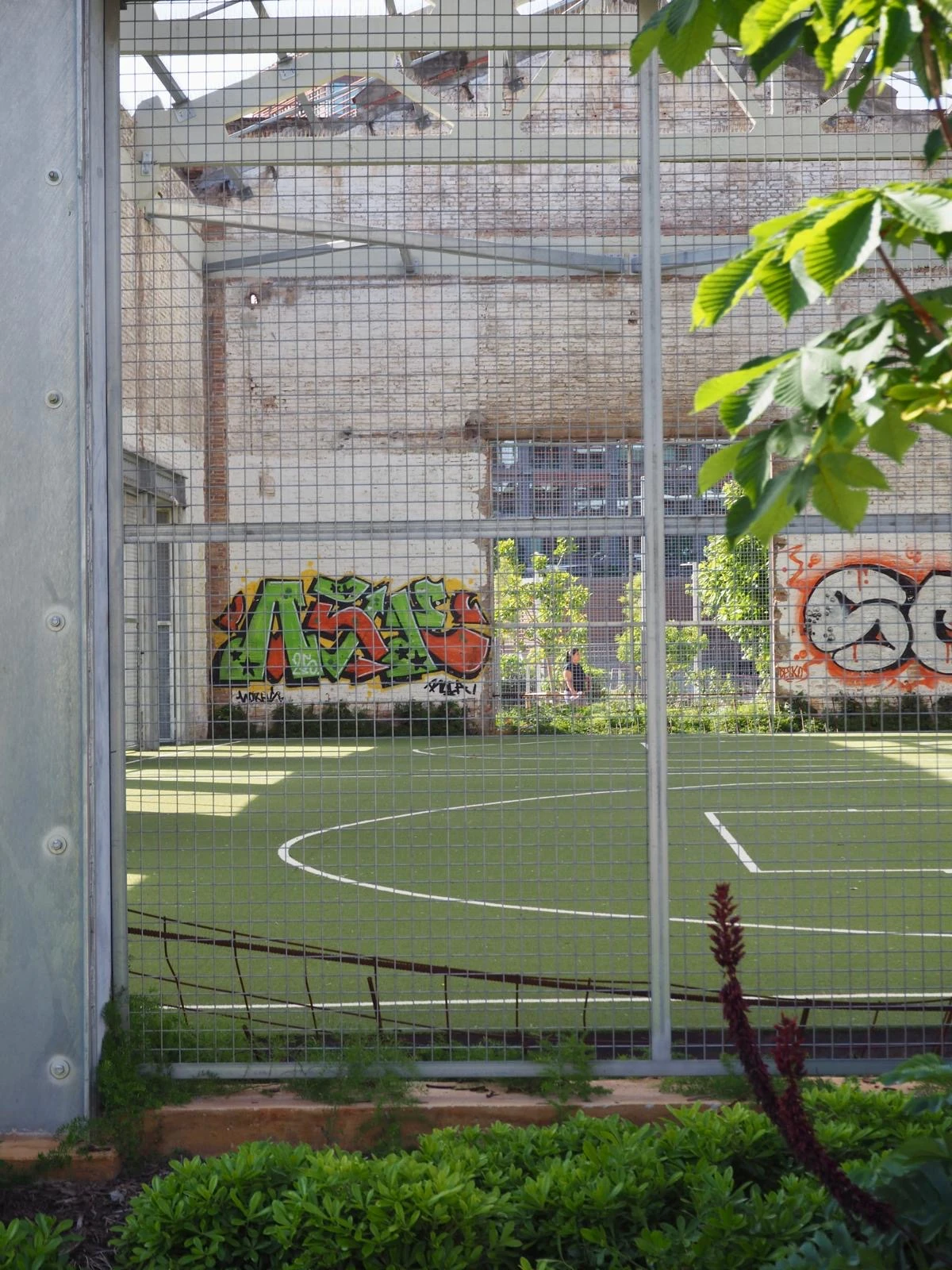
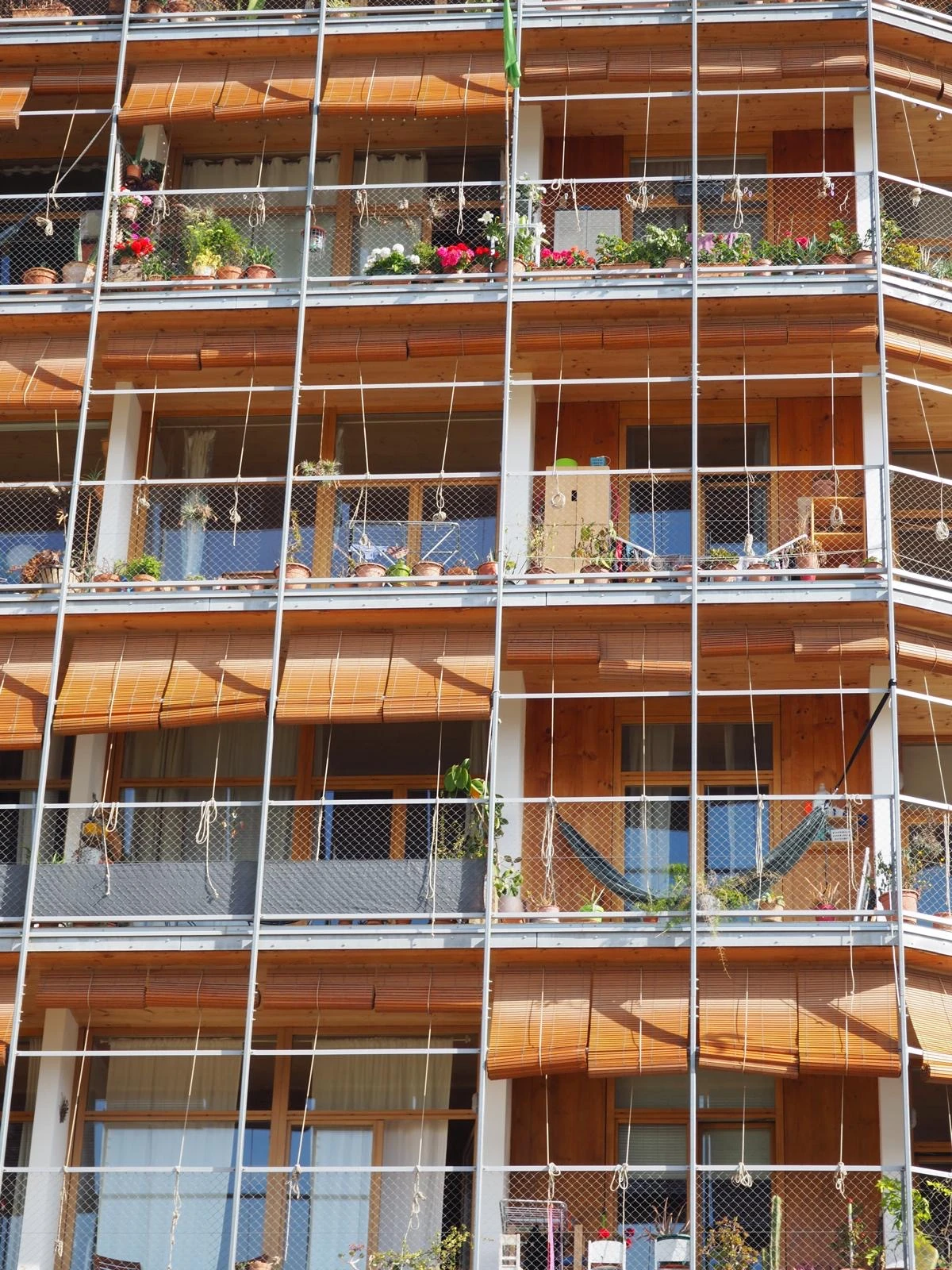
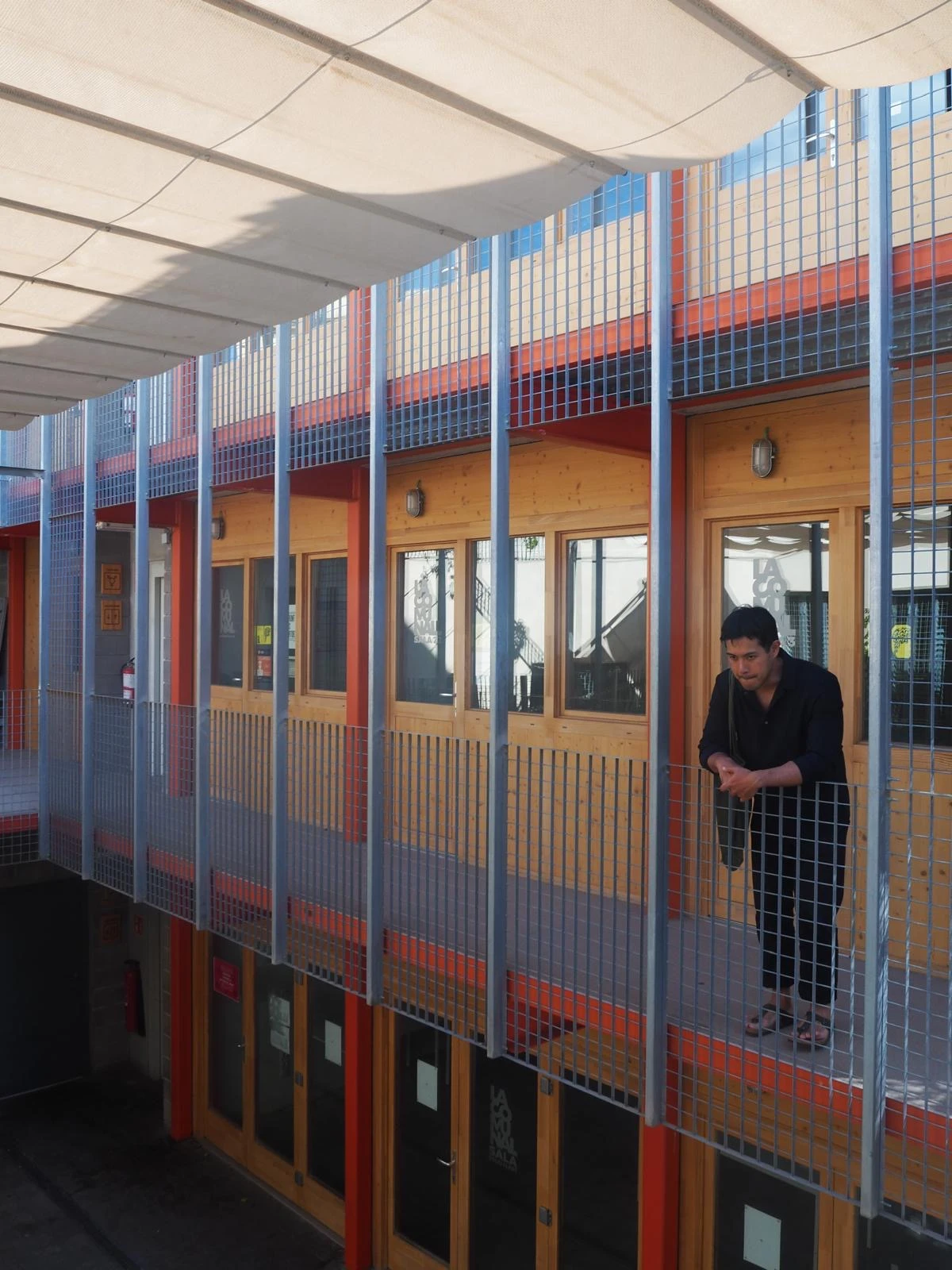
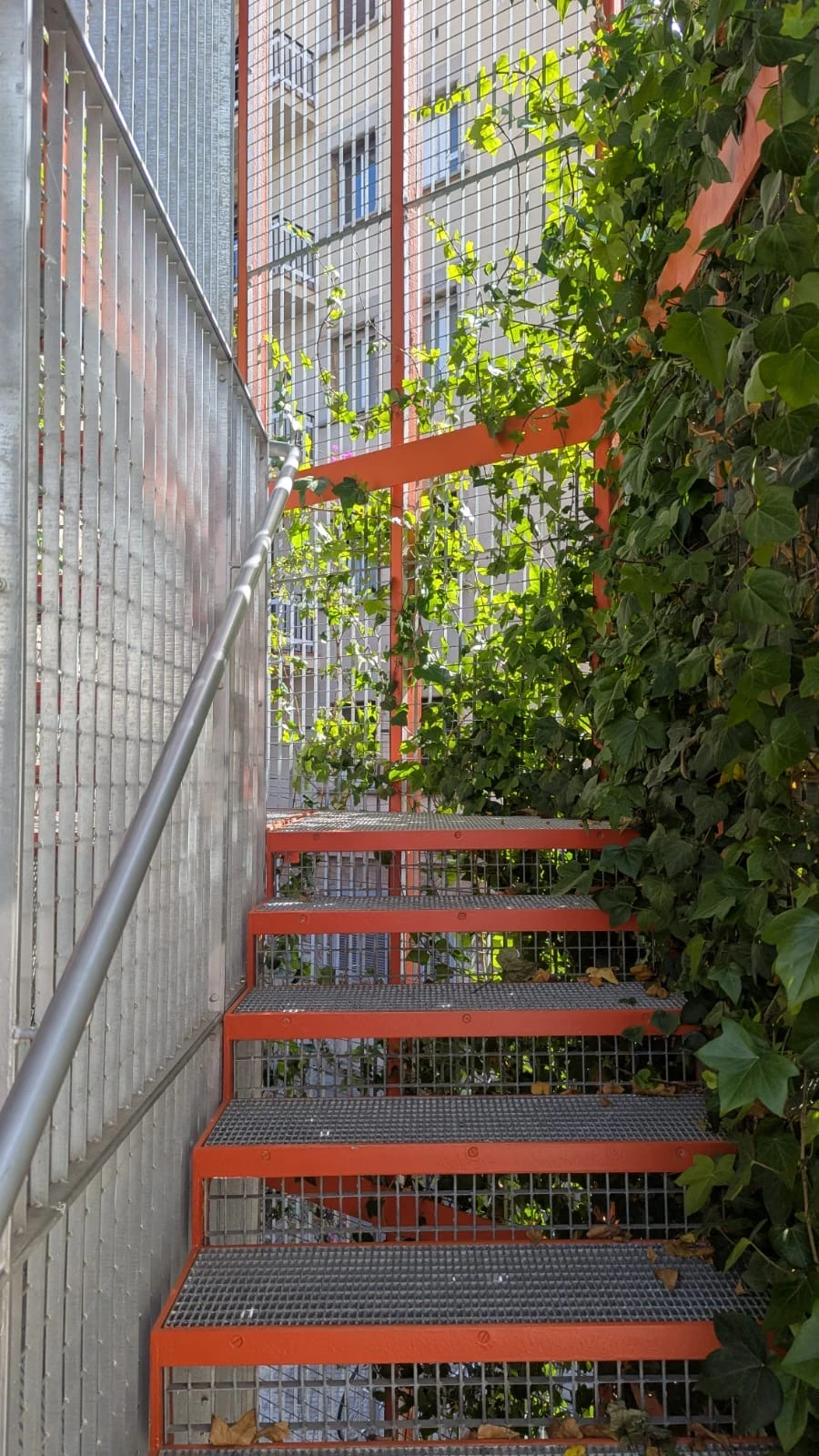
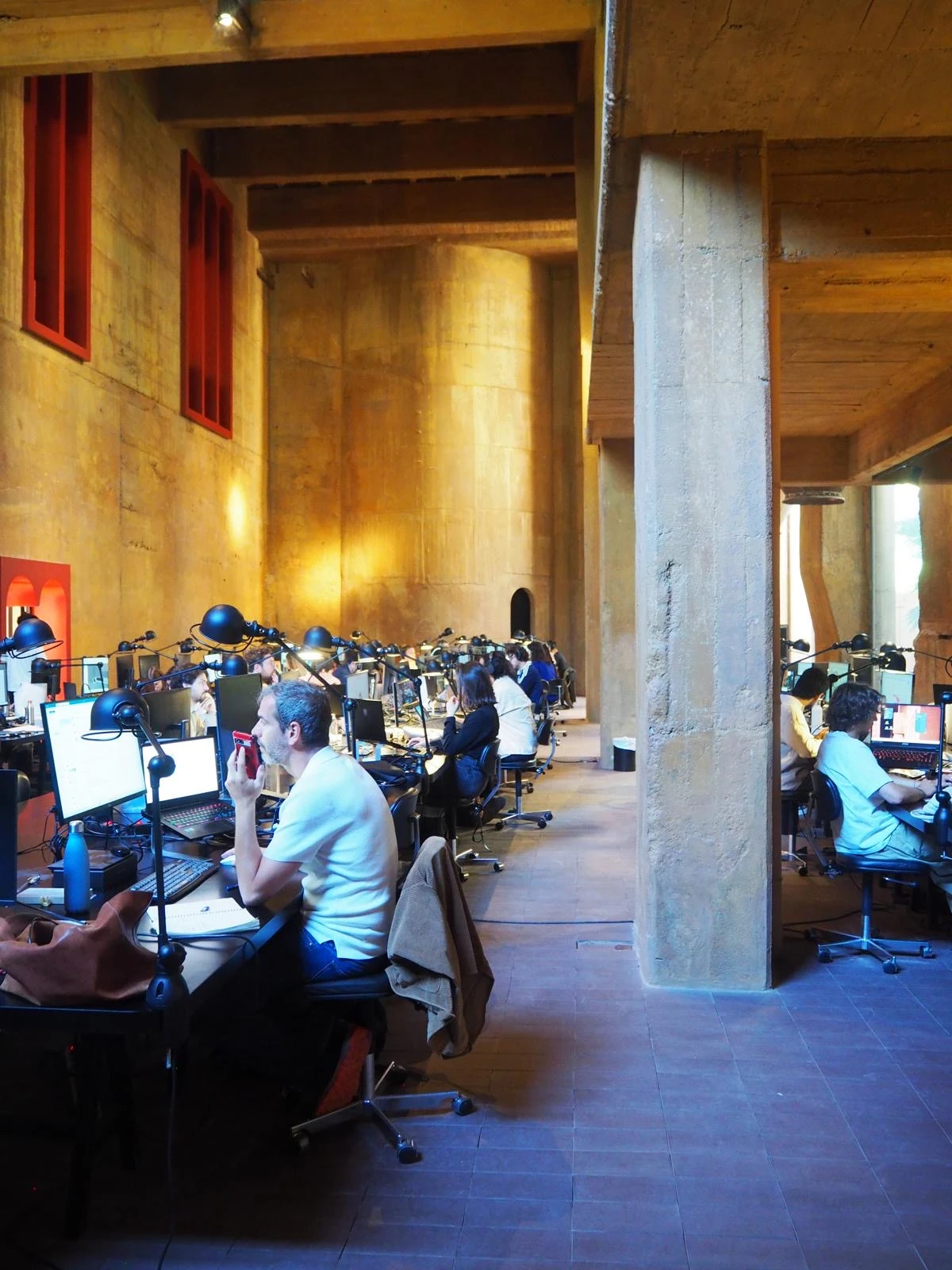
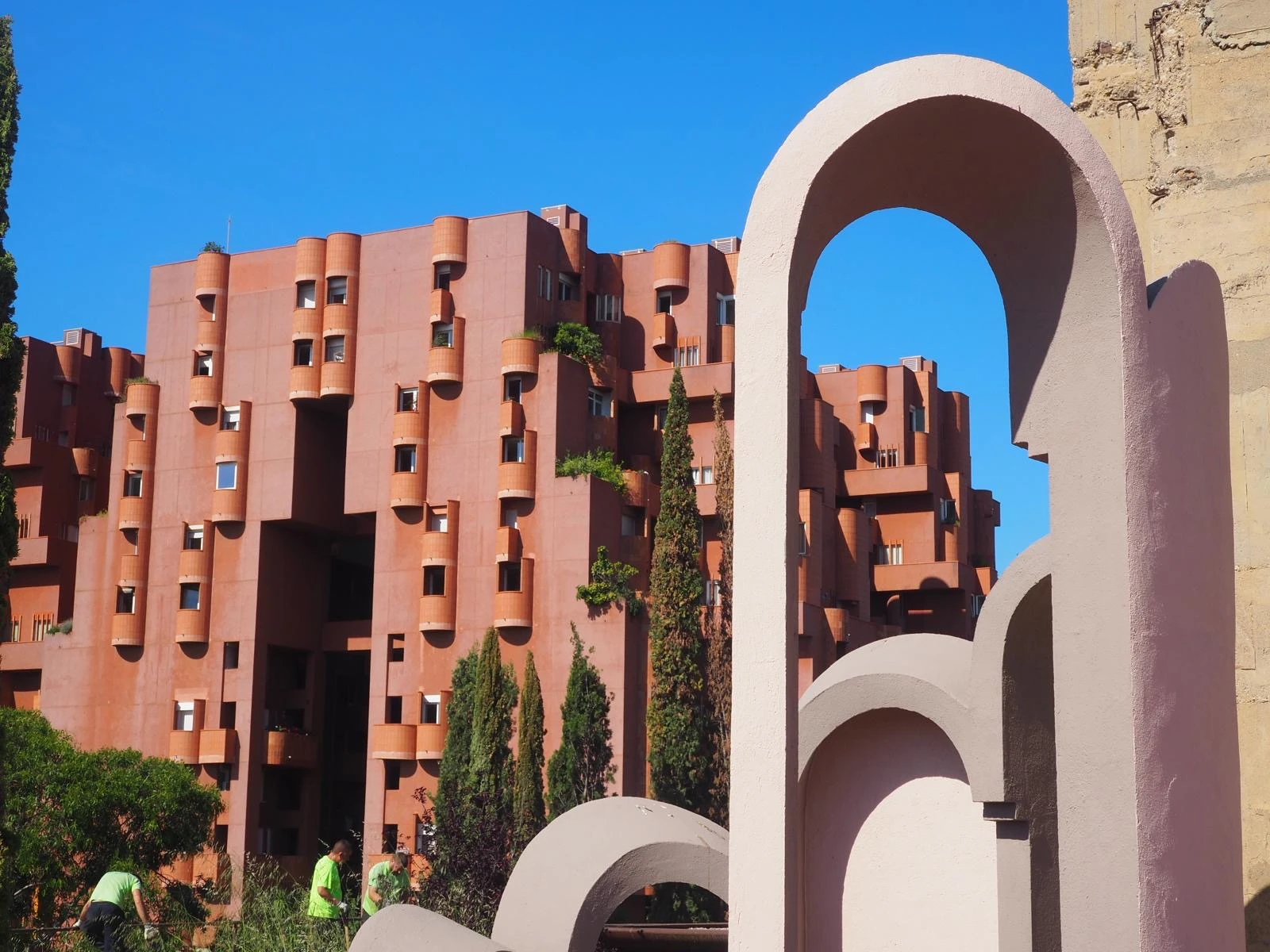
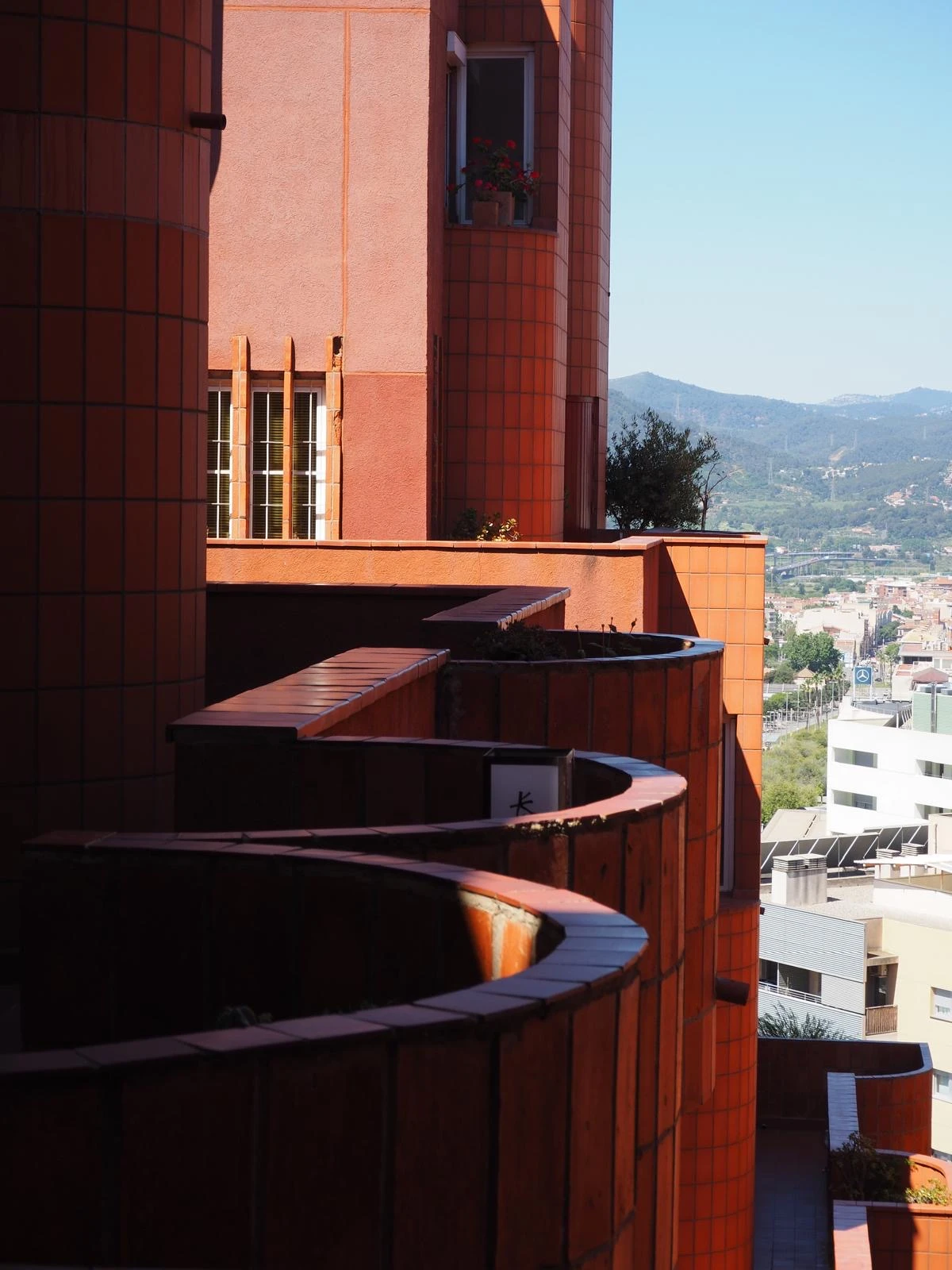
Dulux Study Tour 2025
Our winners
Meet the five architects experienced the trip of a lifetime on the coveted 2025 Dulux Study Tour featuring visits to significant architectural sites and design practices in Copenhagen, Amsterdam and Barcelona.
Pictured from left: Marni Reti, Kate Shepherd, Nicholas Souksamrane, Gumji Kang and Jimmy Carter.


